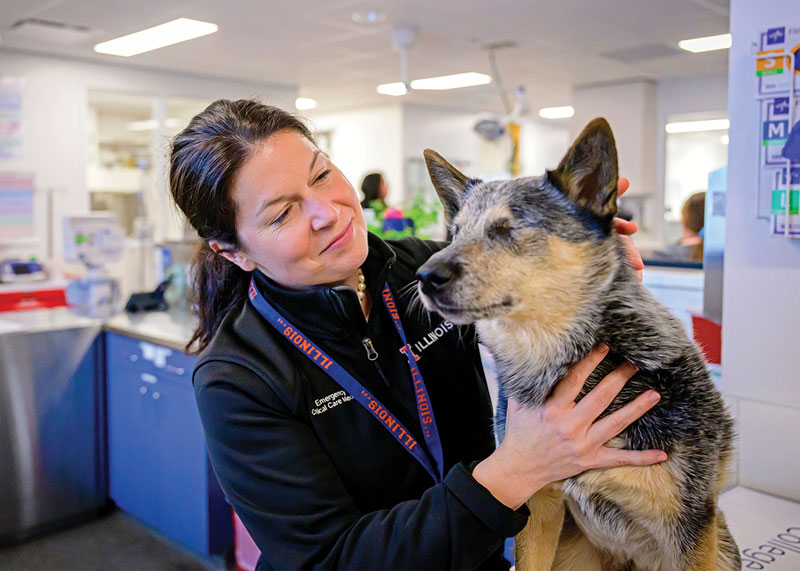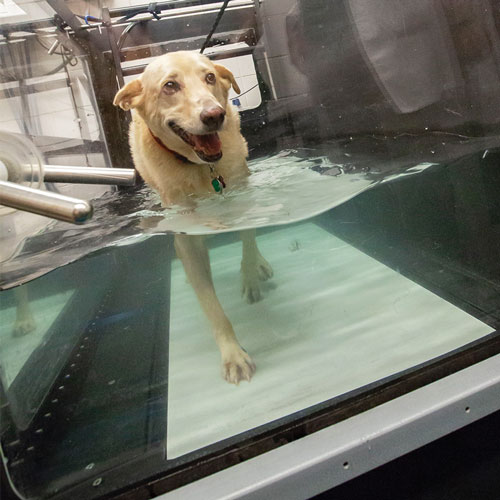Normal blood clotting and clot breakdown are essential for organ and tissue function and for healing from injuries. Though somewhat less frequent in horses than in small animals, disorders of coagulation (inadequate or excessive coagulation) can occur in horses, especially in relation to massive laceration or other trauma. Additionally, critically ill horses can develop coagulopathy as a consequence of the systemic inflammatory response or sepsis.
Abnormalities of coagulation may present as thrombosis (hypercoagulation) or hemorrhage, including bleeding diathesis (hypocoagulation) or hemorrhagic crisis despite normal coagulation functions. In some cases, such as disseminated intravascular coagulation (DIC) associated with severe systemic inflammation, both hypo- and hyper-coagulant states may occur in the patient concurrently.
As always, physical examination is the first critical component to identifying coagulopathy in horses. Increased heart rate, respiratory rate, pale mucous membranes, and cool extremities can indicate hemorrhagic shock if severe blood loss has occurred. Petechiae, ecchymoses, and epistaxis or other indicators of mucosal bleeding suggest disorders of primary hemostasis. Horses with disorders of secondary hemostasis may have intracavitary hemorrhage, hematomas, or hemarthrosis.
Clinical signs of hypercoagulability depend on the location (jugular, appendicular, disseminated) and nature (complete, partial, microvascular) of thrombus formation.
These signs may include:
- a palpably thickened or rope-like vein,
- venous distension proximal to the affected vessel,
- partial or complete ischemia of tissues distal to the affected vessel,
- worsening colic secondary to mesenteric microvascular thrombosis, or
- regional edema with petechial or ecchymotic hemorrhage.
An array of diagnostic tests is available to confirm a clinically suspected coagulopathy. However, many of these tests are available only in a clinic or specialized laboratory setting. Viscoelastic testing (commonly referred to as “TEG,” the brand name of one device), allows evaluation of all phases of blood clot formation and retraction, includes contributions of both platelets and coagulation factors, and facilitates identification of both hypo- and hyper-coagulable states. Unfortunately, clinical applications of viscoelastic testing have been limited due to the expense of testing devices and technical expertise required to obtain reproducible results.
At the University of Illinois Veterinary Teaching Hospital, the equine medicine and surgery service has been working with a point-of-care viscoelastic testing device that shows promise to greatly increase access to such testing. Professor Pam Wilkins, DVM, MS, PhD, DACVIM-LA, DACVECC, and I have led these studies, which use the VCM Vet™ (Entegrion, Inc), a small, sturdy, and easily transportable device that can be used stall-side or in the field. Samples are processed in self-contained cartridges, which limits sources of interoperator variability. The device is easy to use for patient-side assessment. Originally designed for use in military field hospitals, the device could readily be applied in an ambulatory practice, and we are, of course, excited to offer this testing at the Veterinary Teaching Hospital.
Dr. Wilkins and I, along with collaborators at the University of California Davis, recently published a study validating the reliability and repeatability of the VCM Vet™ device in adult horses in JAVMA (1). This group has also published work evaluating sample handling protocols (2). Ongoing studies include evaluation of the VCM Vet™ tests in horses with increased or decreased PCV, as well as clinical conditions associated with coagulopathy such as colic, colitis, and liver disease.
Questions related to viscoelastic testing and cases that may benefit from such evaluation can be directed to Dr. Wilkins and me at vthequine@vetmed.illinois.edu.
References
- Bishop RC, Kemper AM, Burges JW, Jandrey KE, Wilkins PA. Preliminary evaluation of reference intervals for a point-of-care viscoelastic coagulation monitor (VCM Vet) in healthy adult horses. J Vet Emerg Critical Care. 2023;33(5):540-548. doi:https://doi. org/10.1111/vec.13317
- Díaz Yucupicio S, Bishop RC, Fick ME, et al. Prolonged holding time and sampling protocol affects viscoelastic coagulation parameters as measured by the VCM-Vet™ using fresh equine native whole blood. Am J Vet Res. 2023:1-6. doi:10.2460/ajvr.23.02.0039
By Rebecca Bishop, DVM, MS




